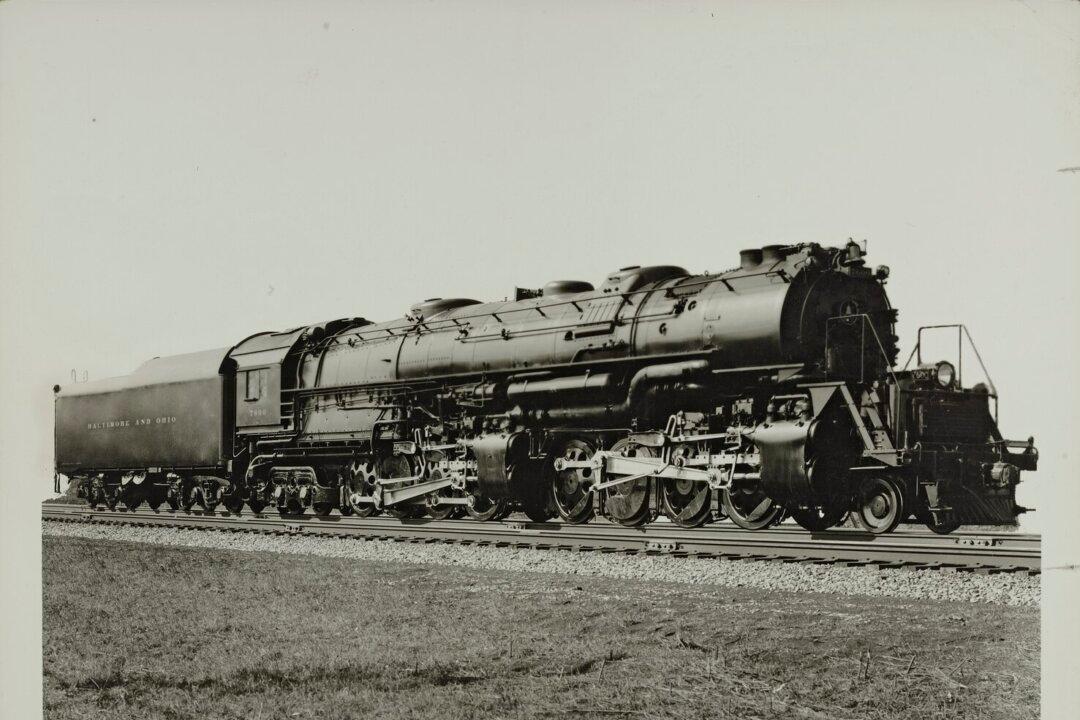Since March 1801, Gallatin had served as secretary of the treasury, a position he held for nearly 13 years—the longest tenure in the U.S. Department of Treasury’s history. He was one of the most brilliant and successful treasurers as well.

The Swiss-born American congressman accepted the secretarial post because of his concern for “the Nation’s Debt.” When Gallatin became treasurer, the country had a debt of approximately $80 million. By the end of his tenure, he had cut the debt nearly in half.
The national debt, however, seemed to go the opposite direction when Napoleon Bonaparte offered the Louisiana Territory for sale. Gallatin saw the opportunity to purchase Louisiana—nearly doubling the country’s size for only $15 million—as an opportunity that could not be missed. It couldn’t be missed for two reasons: It would enable westward expansion and it would therefore guarantee economic expansion.
Supporting Expeditions
Gallatin believed the Louisiana Territory would help lower the debt through the sale of land, as well as by increasing trade up the Mississippi River. Now that America owned the Port of New Orleans, it could also raise capital by charging customs duties on imports. One important step toward all of those possibilities was finding out precisely what America now owned, and that could only be achieved through exploration. It was an undertaking strongly supported by Jefferson and Gallatin.Before the treaty’s ratification, the Corps of Discovery, led by Capt. Meriwether Lewis and 2nd Lt. William Clark, was being organized. Congress appropriated $2,500 for this expedition toward the Pacific Ocean. (It would ultimately cost approximately $40,000.) On May 14, 1804, the Corps of Discovery began its 28-month journey that would cover 8,000 miles. It became famously known as the Lewis and Clark Expedition. Gallatin had been such a strong supporter of the expedition that when the Expedition arrived at the Three Forks of the Missouri River, they named the east fork, Gallatin River.
On Sept. 23, 1806, the Lewis and Clark Expedition returned to St. Louis. One of the greatest explorations in American history was complete. Shortly before the expedition was finished, another expedition began, led by Thomas Freeman and Peter Custis, called the Freeman-Custis Expedition, also known as the Red River Expedition. It was one of the first expeditions to explore the southwestern portion of the United States, with Congress appropriating $5,000 for the effort.

The Need for a Highway
These explorations were in lands far away and lands even further from being settled. It became imperative to expand the population to areas west of the long-established states along the east coast. The same year that the Louisiana Purchase Treaty was signed, Ohio became the nation’s 17th state. Gallatin believed it needed to be easier to reach the new state. He suggested building a federal highway (a suggestion he made possibly as early as 1802).
Construction Begins
Starting in Cumberland on near the Potomac River, the road would ultimately extend 620 miles west by the end of its construction. Additionally, the road would connect to an older road called the Old National Pike, which stretched from Baltimore, covering 118 miles.In 1811, the first contract and the first 10 miles of what was called the Cumberland Pike was completed; it was most famously known as the National Road and was designed to be wide enough to allow wagons to pass each other safely on both sides. The road was formed to force water to drain off to the sides.

Its design was reminiscent of the famous Roman roads.
Extending the National Road
There was ongoing controversy within Congress about whether or not the Legislature had the Constitutional authority to pay for and establish roads. The question became even more controversial when the Panic of 1819 coincided with the need to repair the National Road east of Wheeling and with the proposal for an additional $140,000 to pay for existing contracts. Congress apparently answered the question by continuing construction.The following decade, the federal government agreed to cover ongoing repairs of the National Road, while states constructed toll houses. By the 1830s, the road reached its final destination: the short-lived capital of Illinois, Vandalia.

The Decline and Rise of the Road
The transcontinental railroad was a more efficient mode of transportation, specifically for longer travel. The journey, wherever one wished to travel, was faster and more comfortable.The National Road remained in operation, and a good thing it did, because its glory was soon to return. By the end of the 19th and the start of the 20th century, a new form of transportation was gaining in popularity: the automobile.
Perhaps Gallatin never envisioned an invention quite like the automobile, but his vision for what the road could provide for America proved prescient and capable of adapting to changing times and technologies.
By the 1920s, the road had become America’s primary method of travel and has remained so to this day.






